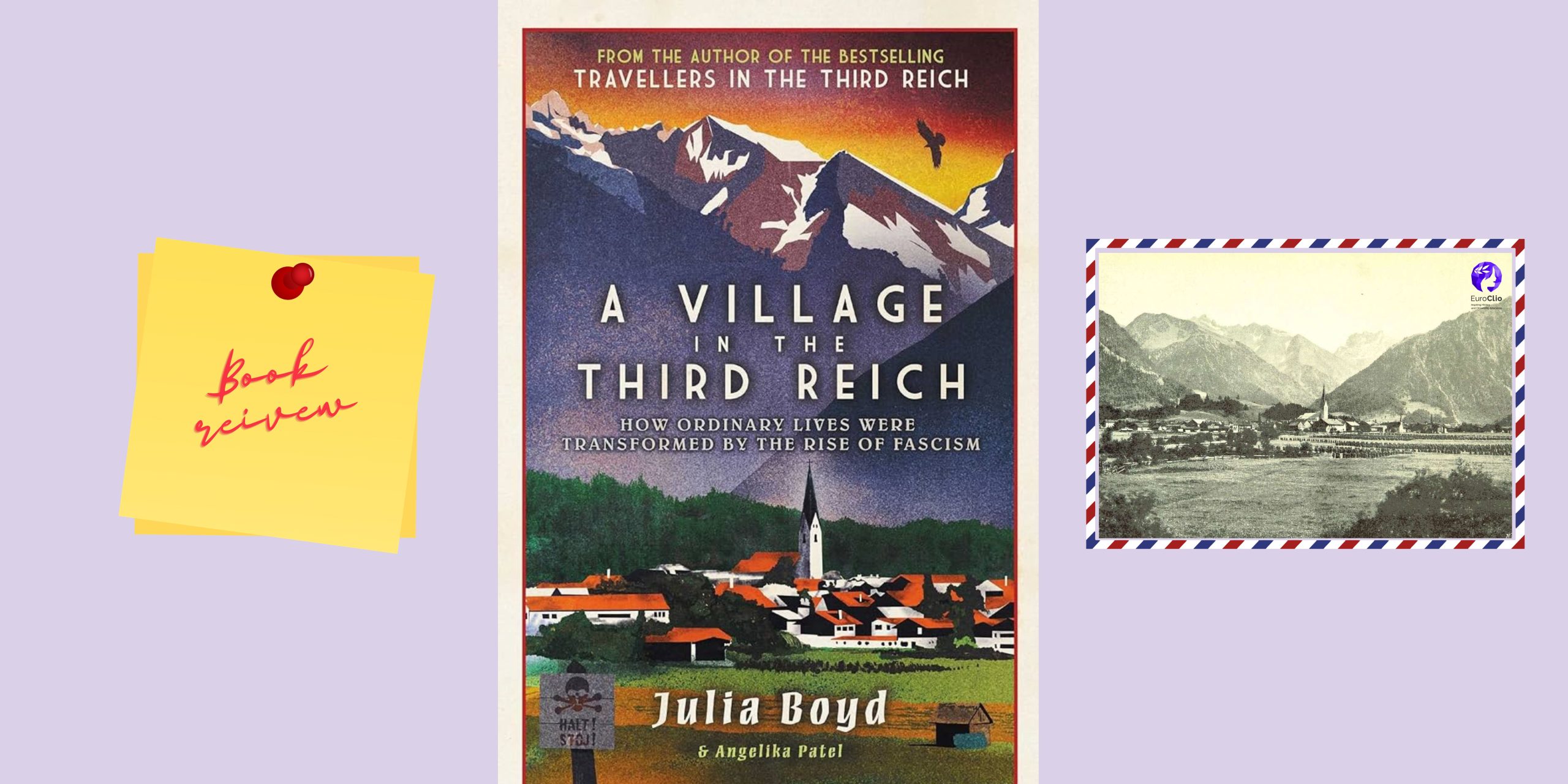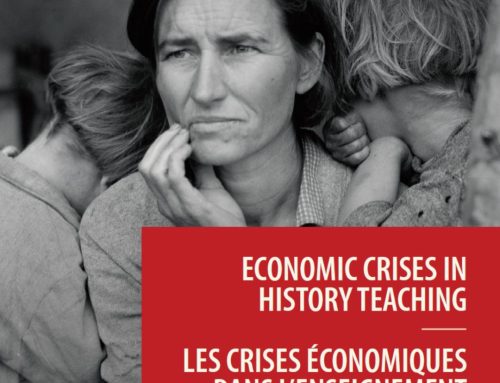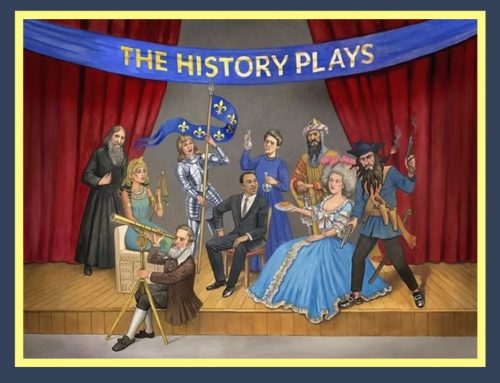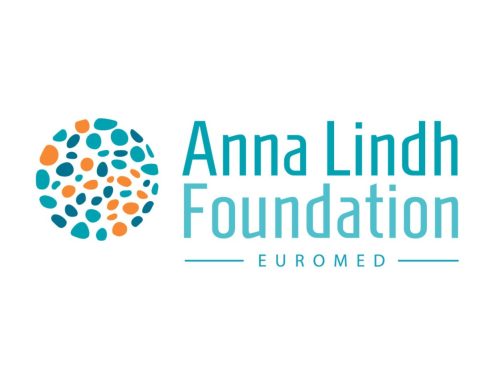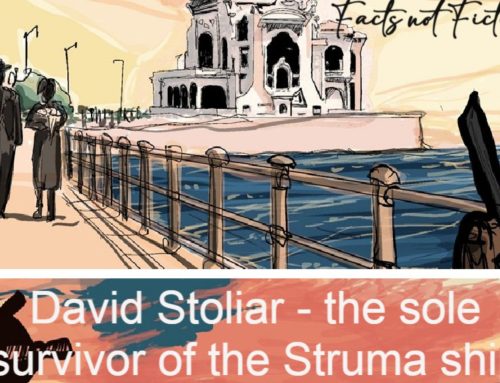Last month, the famous historian Natalie Zemon Davis died. I remember how her the Return of Martin Guerre together with Montaillou written by Emmanuel Bernard Le Roy Ladurie caused a ripple of excitement throughout the history communities in the 1980s. Both were studies of medieval villages meticulously reconstructing the lives of ordinary people within the limited space of one small place. At the same time, the authors made the readers aware that their writings presented a generic historical presentation of ordinary village life during these times. The local focus of books was a sensation, as most history was at that time still written from the traditional power perspectives.
‘A Village in the Third Reich’ looks at history through the prism of Oberstdorf, a Bavarian village and holiday resort high up in the Alps. A traditional Catholic community of farmers, workers and middle-class entrepreneurs, which became popular among tourists at the turn of the twentieth century. The study of Julia Boyd, based on earlier work of Angelika Patel, questions how far Nazism and World War II influenced village life. The answer of their in-depth and careful research is clear: already from the establishment of Hitler’s party some inhabitants enthusiastically joined and over time the popularity of NSDAP grew. In 1933, 52% voted for the Nazis and a staggering 98,5 % voted in favour of the Austrian Anschluss in 1938. Men from the village were participating in the earliest combats of the Second World War.
This careful study demonstrates that Nazi party members could act in very different ways. Oberstdorf’s first Nazi mayor caused deep resentment among the population and a lot of internal party skirmishing. In 1936, Ludwig Fink, also a devoted Nazi, became the second Nazi mayor and stayed in that position until the end of the War. His approach was quite decent, helping locals – including those critical of the regime – and he did not persecute Jews, several of whom had taken shelter in the village.
There were few locals that were openly critical of the regime. Initially, much of the population regarded Hitler as a strong leader able to restore Germany’s position in the world and consequently diminish the shame and grief related to the defeat of WWI. The early war victories caused general happiness, but after Germany’s attack on the Soviet Union the atmosphere changed. The amount of dead and wounded men hailing from Oberstdorf increased rapidly, with enthusiasm for Hitler slowly decreasing as a result. Only the fanatics’ belief in Hitler remained undaunted. This last group caused a lot of anxiety in the village by the end of the War and even triggered the creation of a local resistance movement, which was eventually able to hand over the village unharmed to the French occupiers or liberators.
The population of the village increased from around 4000 at the beginning to more than 8000 at the end of the War. Military camps were built; wounded soldiers were tended to, and people arrived as evacuees from the bombed German cities and as refugees from Eastern Europe. There were political prisoners and forced labourers working in hastily created factories producing spare parts for Messerschmidt planes. Finally, there were Prisoners of War and SS men not willing to surrender but determined to continue the fighting from the Alps.
‘A Village in the Third Reich’ gives us the full array of human behaviour in times of high tension. The book makes the different reactions and ways of conduct insightful and palpable. In the early 1930s, the villagers were not willing to accept the anti-Jewish laws as they wanted to continue to welcome wealthy Jewish tourists. Later, this attitude changed, but until the very end there were still Jews able to live in the village. We meet a plethora of inhabitants, including foresters, a Protestant minister, a converted Jewish opera singer, a Catholic priest, nuns, famous mountaineers, members of the Hitler Jugend, schoolchildren, farmers, and many more. The euthanasia programme of the Nazis is also felt in the village and ultimately responsible for the murder of a blind boy. There were also people critical of the regime who continued to be so during the whole period, though generally they needed to ‘keep their heads down’. The much-admired leaders of the resistance group started to behave authoritarian after the War and quickly lost all respect. The behaviour of Mayor Fink, as well as some other high-level Nazis mentioned in the book, was on the other hand remarkedly benign.
The last chapters address the consequences for the village and its inhabitants in the aftermath of the War. Reading this well written and profound study shows that nothing is either black or white. But one thing stands out beyond doubt: even in the smallest of villages, the impact of Nazism and the Second World were inescapable. All Germans were affected and were well aware of what happened with others during these years. The statement I regularly heard during my childhood that the Germans did not know what had happened, “wir haben es nicht gewußt” (‘we did not know [about] it’), is thus undeniable false.
Written by Joke van der Leeuw-Roord, EuroClio Founder and Special Advisor
Boyd, Julia and Angelika Patel, A Village in the Third Reich: How Ordinary Lives Were Transformed By the Rise of Fascism (2022). Published by Elliott & Thompson, 416 p. Available online from approx. 15€.

